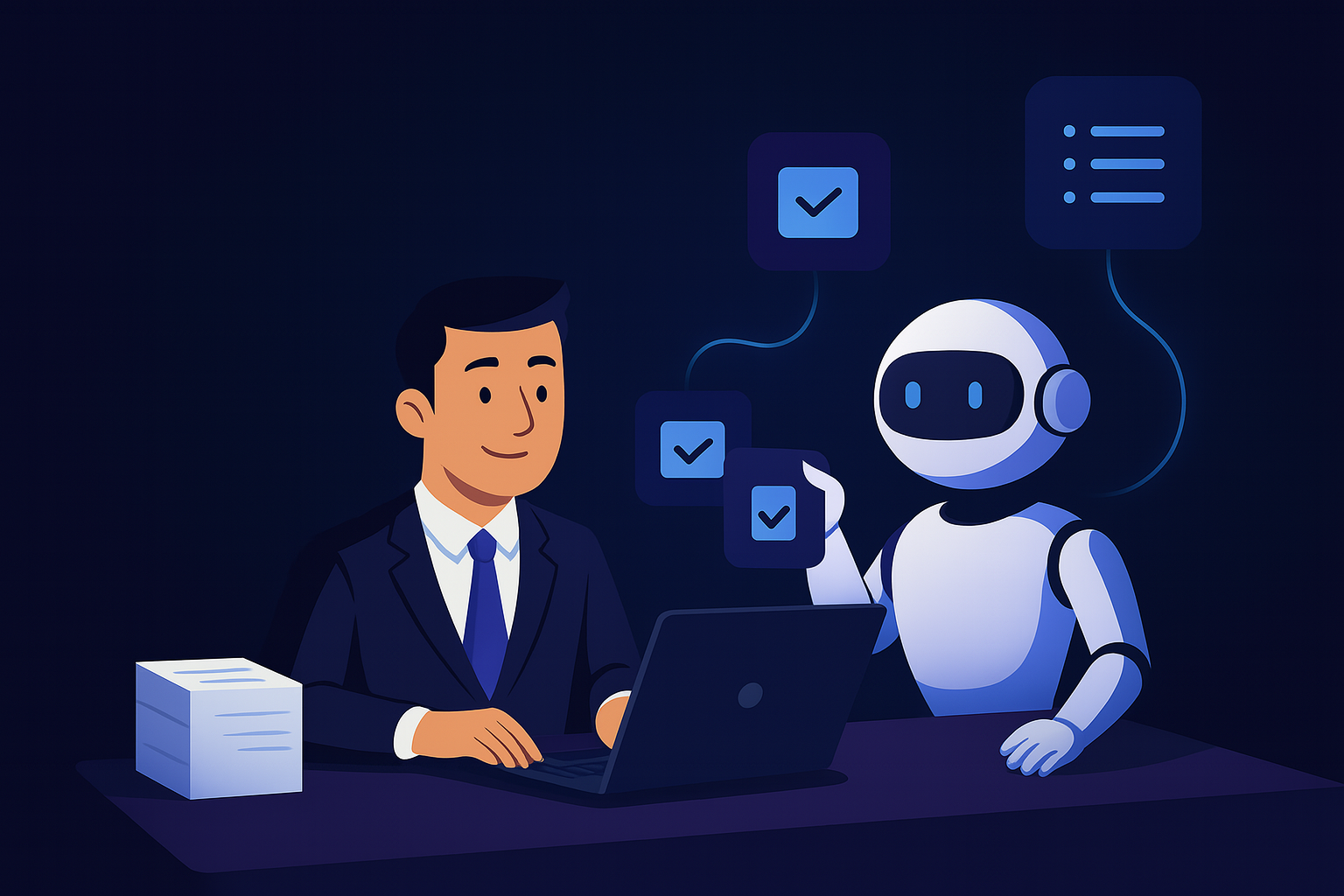Customer support has undergone a remarkable transformation in recent years, with AI-powered automation leading the charge. As we move through 2025, these technologies have matured significantly, enabling businesses to deliver faster, more personalized support experiences while reducing operational costs. In this article, we’ll explore seven key ways AI automation is revolutionizing customer support and how forward-thinking companies are leveraging these capabilities.
1. Conversational AI That Truly Understands Context
The Evolution: Early chatbots were notorious for their rigid, script-based interactions that often frustrated customers. Today’s conversational AI systems represent a quantum leap forward in capability.
Current State: Modern AI support systems can maintain context throughout complex, multi-turn conversations. They understand nuanced customer queries, remember previous interactions across channels, and can handle topic switches naturally—much like a human agent would.
Real-World Impact: Companies implementing advanced conversational AI report resolution rates of 70-85% for tier-1 support issues without human intervention, compared to just 20-30% with previous-generation chatbots.
Example: Financial services provider Northern Trust implemented a contextually-aware AI assistant that reduced average resolution time for account inquiries from 8 minutes to under 2 minutes while improving customer satisfaction scores by 22%.
2. Proactive Support Through Predictive Analytics
The Evolution: Customer support has traditionally been reactive—waiting for customers to report problems before addressing them.
Current State: AI systems now analyze patterns in product usage, customer behavior, and system telemetry to identify potential issues before they impact customers.
Real-World Impact: Proactive outreach based on AI predictions has been shown to reduce support ticket volume by 25-30% while significantly improving customer retention rates.
Example: Software company Atlassian uses predictive analytics to identify customers likely to encounter specific problems based on their usage patterns. Their system automatically sends personalized guidance before issues occur, reducing support contacts by 18% and improving customer health scores.
3. Hyper-Personalization at Scale
The Evolution: Traditional support systems offered limited personalization, typically based on broad customer segments.
Current State: AI now enables support experiences tailored to individual customers based on their history, preferences, behavior patterns, and current context.
Real-World Impact: Personalized support interactions have been shown to increase customer satisfaction by 35% and boost conversion rates on upsell opportunities by 20-25%.
Example: E-commerce platform Shopify uses AI to dynamically adjust support responses based on the merchant’s business size, product category, experience level, and recent platform usage. This approach has increased merchant retention by 15% and accelerated problem resolution.
4. Emotion Detection and Sentiment Analysis
The Evolution: Traditional support systems couldn’t detect or respond to customer emotions effectively.
Current State: Advanced AI can now analyze text, voice patterns, and even facial expressions (in video interactions) to gauge customer sentiment and emotional states.
Real-World Impact: Support systems with emotion detection capabilities show a 40% improvement in handling difficult conversations and de-escalating tense situations.
Example: Telecommunications provider Vodafone implemented sentiment analysis across all support channels, allowing their system to prioritize frustrated customers and adjust response tone accordingly. This reduced complaint escalations by 32% and improved first-contact resolution rates.
5. Seamless Human-AI Collaboration
The Evolution: Early automation attempts created disconnected experiences when transitioning between bots and human agents.
Current State: Modern systems enable fluid collaboration between AI and human support staff, with AI handling routine tasks while providing real-time assistance to human agents on complex issues.
Real-World Impact: Companies with effective human-AI collaboration models report 50% higher agent productivity and 30% faster resolution times for complex support cases.
Example: Customer service platform Zendesk’s AI assistant analyzes customer conversations in real-time, suggesting responses and retrieving relevant information for human agents. This has reduced average handle time by 25% while improving resolution accuracy.
6. Multilingual Support Without Translation Delays
The Evolution: Global companies previously relied on separate support teams for different languages or used basic translation tools with limited accuracy.
Current State: AI-powered systems now provide near-native quality multilingual support in real-time across text and voice channels.
Real-World Impact: Companies implementing advanced multilingual AI support have expanded their global customer base by 15-20% while reducing localization costs by up to 60%.
Example: Travel platform Booking.com uses AI to provide instant customer support in over 40 languages without maintaining separate teams for each language. Their system understands cultural nuances and idioms, achieving customer satisfaction scores within 5% of native-speaking human agents.
7. Voice Support Automation Beyond Basic IVR
The Evolution: Traditional interactive voice response (IVR) systems were limited to simple menu trees and keyword recognition.
Current State: AI-powered voice systems now understand natural language, process complex requests, and can authenticate customers through voice biometrics.
Real-World Impact: Advanced voice automation has reduced average call handling time by 35-40% while increasing first-call resolution rates by 25%.
Example: Insurance provider Progressive implemented a conversational voice AI system that handles policy questions, claims status updates, and coverage changes without agent intervention. The system resolves 65% of calls without human assistance and has reduced customer wait times by 78%.
The Future of AI in Customer Support
As we look beyond 2025, several emerging trends will further transform customer support:
- Multimodal AI: Systems that can simultaneously process text, voice, images, and video to provide comprehensive support across all channels
- Emotional Intelligence: AI that not only detects emotions but responds with appropriate empathy and can adjust its communication style accordingly
- Augmented Reality Support: AI-guided AR experiences that help customers solve physical product issues through visual overlays and interactive guidance
- Predictive Resolution: Systems that can solve problems before customers are even aware of them by analyzing early warning signals
Implementing AI Support Automation Successfully
For organizations looking to enhance their customer support with AI automation, consider these key recommendations:
- Start with clear objectives focused on specific customer pain points rather than implementing AI for its own sake
- Take an incremental approach by automating well-defined processes before tackling more complex support scenarios
- Maintain the human touch by designing systems that know when to escalate to human agents
- Continuously train your AI with feedback loops that incorporate agent and customer input
- Measure impact holistically across efficiency metrics, customer satisfaction, and business outcomes
With Bot Tasker’s AI automation platform, organizations can rapidly implement many of these capabilities without extensive technical resources. Our visual workflow designer and pre-built customer support templates make it easy to create sophisticated support automation that delivers immediate value.
Contact us today to learn how Bot Tasker can transform your customer support operations with AI-powered automation.


